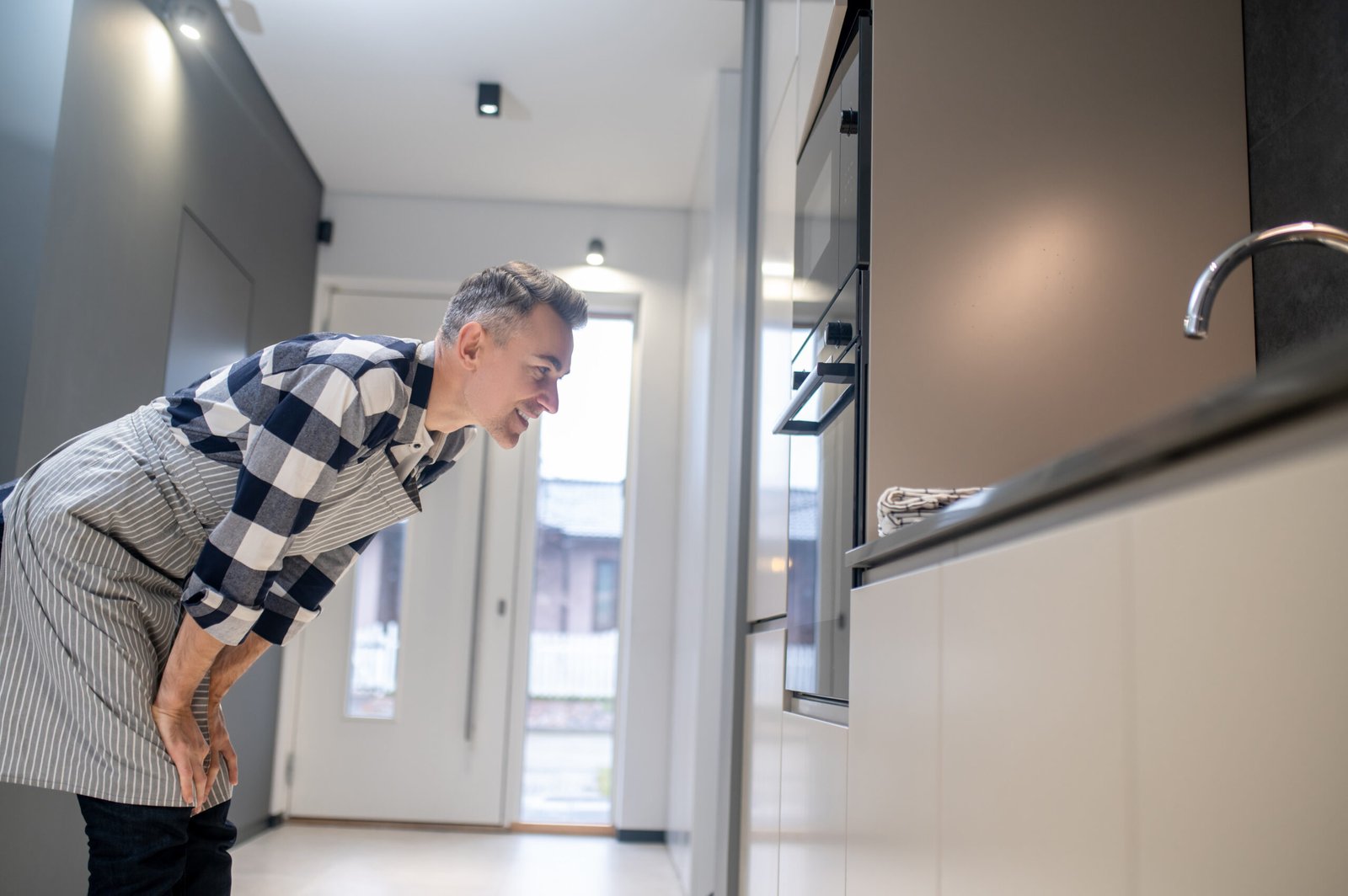A kitchen sink leak is a remarkable bother and it is also the cause of significant water damage that comes with costly repairs that must be caught early on. To prevent kitchen sink leaks, you need to keep its maintenance on a regular basis, make sure it was installed properly, and be alert in identifying potential problem areas. This tutorial will present to you the various practical tips, so you can avoid leakages and keep a fully operational kitchen sink intact.
The Problem with Kitchen Sink Leaks
Kitchen sink leaks are among the commonest of a homeowner’s woes regarding plumbing. These leaks can arise from a variety of issues, such as poorly done installations, old and worn seals, or loose connectors. The most leaky spots are usually the faucet, sink basin, and P-trap.
You’re not the only one if you’ve been trying your best to keep your shelves dry from the water that leaks under your sink or even had your water bill go up high. The good news is that you can avoid the leaks coming from your sink by adopting a straightforward approach.
Regularly Check the Sink’s Components
The initial step of avoiding water drips is to check the sub-parts of the sink regularly. These parts include:
- Faucet: Leaks can come from the handle or base with worn-out seals due to wetness.
- Pipes: Investigate the sink for any drips from the pipes or connections below.
- Sink Basin: Leaks at the mandrel side are due to a lack of sealing between the sink and countertop.
- P-Trap: This is the U-shaped pipe that is below the sink. Otherwise, any breakage or inaccurate fitting may result in water leaks.
Conducting regular checks will help to catch small problems before they become more serious.
Ensure Proper Installation of Fixtures
Improper installation causes most of the leaks. No matter whether you are setting up a new sink, a faucet, or a P-trap, be sure that you do so according to the directions provided by the manufacturer. Misaligned pipes, connections that have been over-tightened, or no sealing at all can result in immediate or future leaks.
If you are not sure of your plumbing skills, it is better to consult a specialist who can undertake the installation professionally. This will make sure that everything is arranged properly and will greatly lessen the chances of leaks.
Use High-Quality Materials
Taking out a high-quality cabinet, you should make sure that new parts are added. As the saying says, you get what you pay for. Although, in contrast, the less expensive options will make the initial cost smaller, over time, they will become worn out and cause leaks that can cause you more trouble in the long run. Choosing additional heavy-duty seals and pipe pieces should suffice. With the construction of sinks, also reliability is of immense importance.
For instance, stainless steel or copper pipes would be more reliable as compared to plastic ones they are capable of getting brittle with time and are easier to crack.
Inspect the P-Trap for Leaks
The P-trap is a common source of leaks, especially if it’s made from cheaper materials or hasn’t been installed correctly. Over time, it can become loose, cracked, or clogged, which can result in leaks.
To prevent P-trap leaks:
- Ensure it’s tightly connected. Check that the P-trap connections are secure and that there are no gaps.
- Replace old or damaged traps. If your P-trap is showing signs of wear or damage, consider replacing it with a higher-quality option, such as PVC or metal.
- Clean it regularly. A clogged P-trap can cause pressure buildup, leading to leaks.
Taking these preventative measures will ensure that your kitchen sink’s P-trap stays in working order.
Check for Faucet Leaks
Faucets are of the most leaky areas among houses. The washer and seals of a faucet usually get worn out and thus the water starts to pour from the belly or the spout.
Want to check for faucet leaks?
- Replace the worn-out washers or switches with new ones. If you notice a leak from your faucet, you may need to change the inner parts.
- Screw the handles tight into the connections. Sometimes you can notice that water just passes by the base, which is because the faucet is loose at those points.
- Install a clogged aerator. Water pressure can be decreased because of the clogged aerator, and so it may cause leaks.
Regular maintenance of your faucet can help you avoid the tedious chores of fixing leaks and also save you money on the water bill.
Use a Vent Plumbing System
A well-functioning vent plumbing system provides a one-stop solution for preventing kitchen sink leaks by ensuring that water is smoothly removed through the pipes. The vent allows air to enter the plumbing, thus it creates a vacuum effect that can cause water to back up and leak.
Frequent clogging or a slowdown in the drainage probably means the vent plumbing system has worn out or is completely blocked and needs to be checked. Likely, you will only have to clean the vents and carry out the necessary fixes to be sure if they are free of obstruction and are in good working condition to prevent leaks.
Prevent Clogs in the Drain
Drains in households usually get clogged more than necessary due to the blockage of the drain. As the block starts to pile up so too does the water pressure which then creates holes in the plumbing or one of the U-bends. First of all, it is necessary to command the following to avoid clogs:
- Eliminate the practice of disposing of grease products directly into the sink. It is a good idea to abstain from throwing pieces of butter or oil after you have used them. The solidified grease often formed in your pipes is the chief effect of these blockages, which in turn causes eternally keeping the pipes clogged.
- Install a drain strainer. This tool will catch the food particles and other debris that would not be able to escape down the drain.
- Maintain regular cleaning of the drain. You are not required to use a chemical drain cleaner for unclogging your pipes. Instead, you can take advantage of the natural cleaner effect of the combination of baking soda, and vinegar to keep the pipes unclogging.
Preventing clogs through taking action would not only keep off the sources of leaks but also make your plumbing system last longer.
Watch for Water Damage Under the Sink
Even if there are no visible leaks, water damage under your sink could indicate a hidden leak. Signs of water damage include:
- Dampness or puddles. Moisture under your sink is a clear indicator of a small leak.
- Mold or mildew. The presence of mold or a musty smell suggests that water has been leaking for some time.
- Warped or damaged cabinets. Water can cause wood to expand or rot, resulting in adverse damage.
Consistently monitoring your sink is an effective step in detecting leaks early and avoiding deep-seated impairment.
Tighten Loose Connections
Your sink’s connections can be very sensitive to heat and the looseness between the P-trap and the faucet and the pipes beside them weakens with time. This can lead to water spills and leaks.
Try these ways to prevent it:
- Every now and then, screw in the connections. Use a wrench and only apply a little force to secure any rigidly connected places in the sink.
- Look for parts that are worn out. After getting the connections secured, if the leakage has not stopped yet, it is suggested that old or destroyed units to be replaced by new ones.
Simple but effective the bathroom sink is one of the easiest and cheapest places to start when plugging leaks.
Conclusion: Keep Your Kitchen Leak-Free
The best way to stop kitchen sink leaks is by performing regular maintenance, installing carefully, and being vigilant with regard to potential issues. Through the steps discussed above—namely, the examination of your sink parts, keeping the seal intact, preventing clogging, and ensuring that the connections are tight, you will be able to sustain your kitchen sink and you won’t experience huge water damage.
All creating repairs will give you a leak-free kitchen if you take them to care very early and the good news will be that you won’t need to spend money on the one-time plumbing issues.







